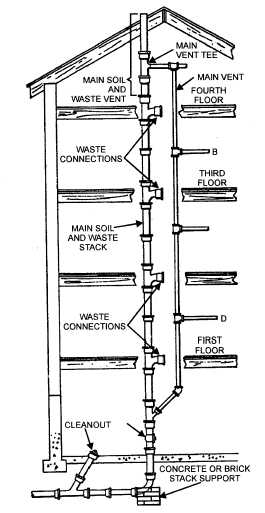
Figure 3-8. - Typical stack and vent installation.
figure 3-9. These are normally referred to as combination Y and 1/8 bends.
The STRAIGHT type of 90-degree Y-branch has one section that is straight through and a takeoff on one side. The side takeoff starts out as a 45-degree takeoff and bends into a 90-degree takeoff. This type of branch is used in sanitary sewer systems where a branch feeds into the main, and it is desirable for the incoming branch to feed into the main as nearly as possible in a line parallel to the main flow.
The REDUCING 90-degree Y-branch is similar to the straight type; however, as shown in view A, figure 3-9, the branch takeoff of the 90-degree Y-branch is smaller than the main straight-through portion. It is generally used the same as the straight type, except the branch coming into the main is a smaller pipe than the main.
The DOUBLE 90-degree Y-branch (or DOUBLE COMBINATION Y and 1/8 BEND) is easy to recognize since there is a 45-degree takeoff bending

Figure 3-9. - Types of cast-iron soil pipe, 90- and 45-degree Y-branches.
into a 90-degree takeoff on both sides of the fitting, as shown in view A. It is very useful as an individual vent.
The BOX type of 90-degree Y-branch has two takeoffs. It is designed for each takeoff to form a 90- degree angle with the main pipe. The two takeoffs are spaced 90 degrees apart.
There are two types of cast-iron soil pipe 45- degree Y-branches. These are the reducing and the straight types; both are shown in view B, figure 3-9.
The REDUCING type is a straight section of pipe with a smaller size 45-degree takeoff branching to one side. There are different sizes of this fitting. As an example, a 4 by 4 by 3 reducing 45-degree Y-branch has a 4-inch-straight portion with a 3-inch 45-degree takeoff on one side.
The STRAIGHT type of 45-degree Y-branch, or true Y, is the same as the reducing type, except that both bells are the same size. It is used to join two sanitary sewer branches at a 45-degree angle.
Cleanout plugs are installed to permit removal of stoppages from waste lines. View A, figure 3-10, shows one type of cleanout plug. It consists of an iron ferrule caulked with the hub of a pipe or fitting. The top opening is taped and threaded, so a pipe plug can be screwed into it. Cleanouts should not be more than 50 3-8
Continue Reading